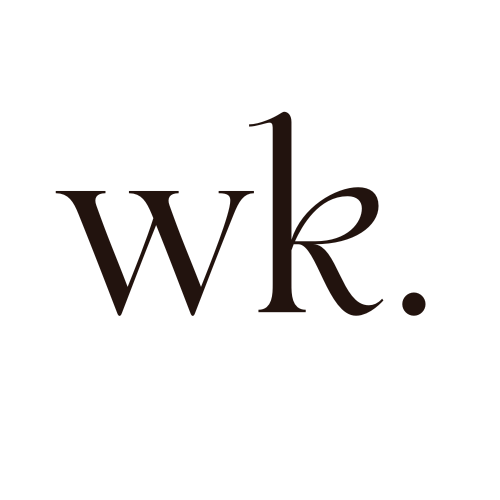Not So Clean?? An In-depth Look at Ethoxylated Ingredients
Get ready for a hot take episode! Today, we're diving into ethoxylated ingredients. A lot of ethoxylated ingredients are really hard to spot on labels. Unfortunately, they're not always gonna say "ethoxylated ingredient," so you have to know what to look for.
This episode is going to give you a really good idea of what I teach in my Toxin Free in 3 course. There is an entire module that teaches about ingredients, ingredient safety and how to read labels.
If you are someone who is trying to be conscious about avoiding toxins in your products, ethoxylated ingredients should be on your list of ingredients to avoid. Let’s dive in to why.
What is an Ethoxylated Ingredient?
Ethoxylated ingredients are used as surfactants and can be found in detergents, shampoos, paints, inks, pesticides, and numerous other commercial products. They are typically used as emulsifiers, which basically just means they help otherwise unmixable liquids to mix, and are used as foaming agents and cleaners.
Popular brands who tout themselves as being “clean”, like 7th Generation, 9 Elements, Earth Breeze and Dropps, all use ethoxylated ingredients in many of their products, including their laundry detergents.
But, ethoxylated ingredients are anything but clean. These ingredients are created by taking ethylene oxide (a carcinogen), and using it to react with other ingredients for purposes of making them more gentle on the skin. However, this process leaves behind trace contaminants of the original ethylene oxide and 1,4-dioxane.
Keep reading to find out why that is a really big deal.
The Problem with Ethoxylated Ingredients
While these ingredients work really well at (which is the obvious reason why brands use them), those contaminants left behind are really problematic for your health. Exposure to 1,4 dioxane increases your risk of liver toxicity and cancer from inhalation or dermal exposures and ethylene oxide has been a known carcinogen since the 80s, and we know it causes cancer.
Brands using these ingredients claim that the process of ethoxylation leaves behind only trace amounts of the contaminant and it’s not really that big of a deal. Some companies vacuum strip these ingredients to decrease the amount of contaminants present, but vacuum stripping can’t remove them all. While it’s much better to have lower amounts present in a product.. what about long-term , low dose exposure?
These ingredients are so popular that they are in TONS of personal care products. Let's say you're exposed to it every single day over and over and over in your dish detergent (which is known to cause leaky gut BTW), body soap, lotion, laundry detergent and shampoo? All of those exposures accumulate over time.
I think it's important to tell you, too, that both 1,4-dioxane and ethylene oxide are prohibited for use in all cosmetics in Canada and the European Union. You cannot use it. But here in the good ‘ole United States of America, the FDA has no requirements whatsoever on whether or not ethylene oxide or 1,4-dioxane is in cosmetics or any product sold in stores.
How to Know if a Product Has Ethoxylated Ingredients
I'll give you an example of the five most common ethoxylated ingredients.
Phenoxyethanol - Avoid anything that has phenoxyethanol. Unfortunately, even clean companies sometimes use phenoxyethanol in their skincare. You have to read labels; that is the only way you know you are avoiding this ingredient.
Alcohol ethoxylates or ethoxylated alcohols - If you see that, avoid it. Go back to listen to episode 32 where I talk about alcohol ethoxylates in dish detergent.
Anything that ends in “eth” - Here are a few examples: C12-14 Pareth, Ceteareth, Laureth
Anything that says “PEG” or “PPG”. You'll find them in lots of places. Recently, I've been seeing more “PPO” too. Those are polyethylene glycols or polyethylene oxides. Those are ethoxylated ingredients as well.
Polysorbates - These are very common and will be found as “Polysorbate” and followed by a number.
So there you have it. You know what an ethoxylated ingredient is and why you should avoid it. It's such a big health concern. Now you know the ingredients to look for those five groups of ingredients to look for to avoid.
Related Episodes:
Episode 30: https://www.wendykathryn.com/blog/phenoxyethanol
Episode 32: https://www.wendykathryn.com/blog/dishwasher-detergent-and-leaky-gut
















